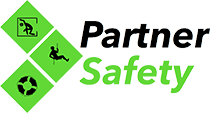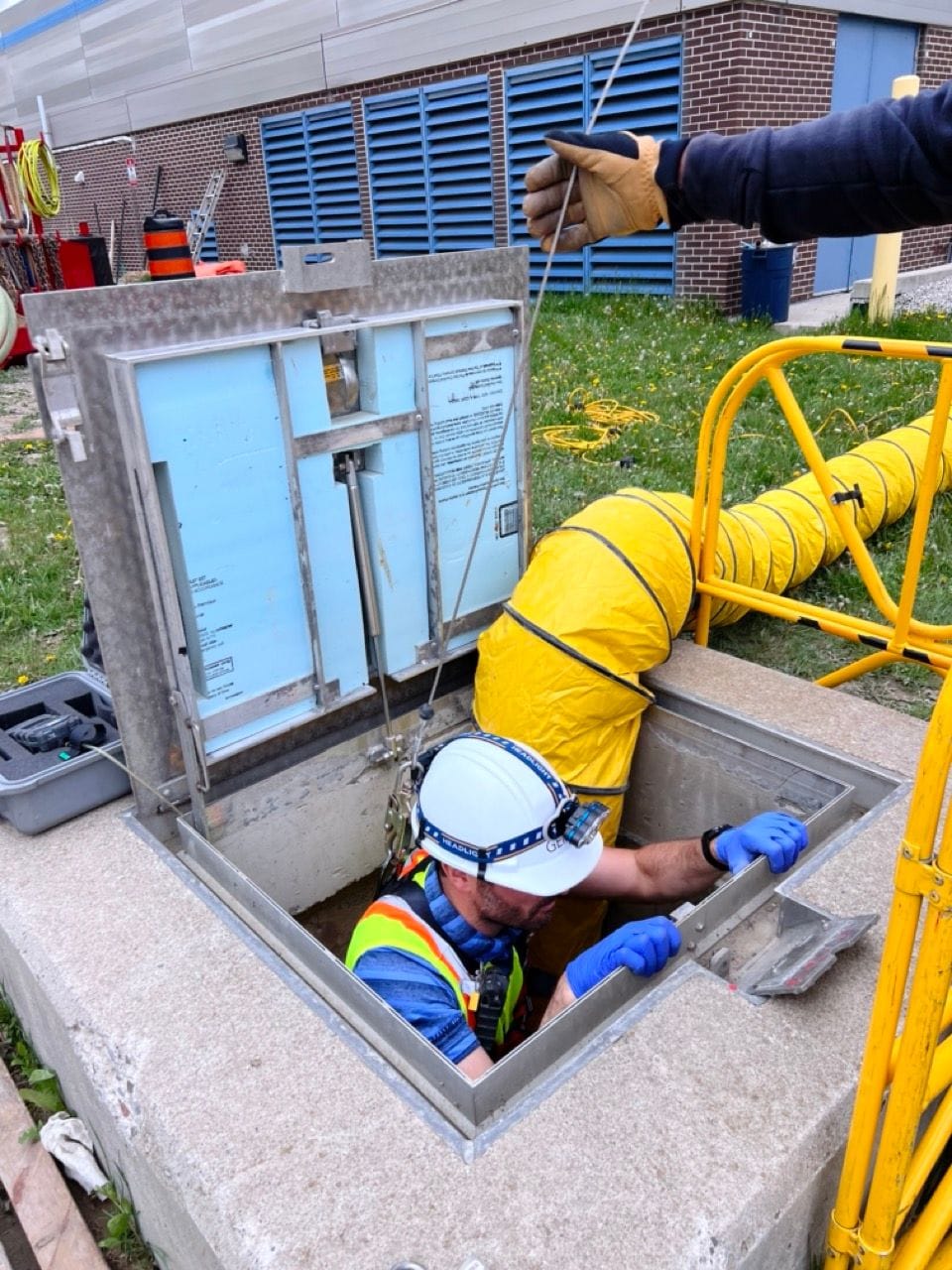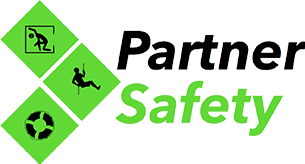Practical Application
1. Regulations, Standards, and Confined Space Identification ( 1.5 hr)
Instructor walks through site drawings/photos and applies O. Reg. 632/05, SOR 86-304.11 and CSA Z1006 definitions.
Evaluation: Candidate must correctly classify spaces and outline minimum regulatory requirements.
2. Hazard Identification and Risk Assessment (1.5 hr)
Instructor shows how to complete a hazard assessment form using a sample confined space scenario.
Candidate Task:
Conduct a full hazard assessment on the simulator space.
Identify atmospheric, mechanical, energy, and engulfment hazards.
Recommend specific control measures.
Evaluation: Candidate must produce a written hazard assessment that addresses all key hazards and control methods.
3. Gas Detection and Ventilation (2.5 hr)
Instructor shows fresh air zero, bump test, and calibration on multiple detector models. Demonstrates ducting set-up and airflow measurement in simulator.
Candidate Task:
Perform fresh air zero and bump test on multiple portable gas detectors (MSA, BW, Dräger, etc.).
Use the simulator to perform initial and continuous gas testing.
Design and set up ventilation for maximum efficiency (duct placement, blower selection, air change calculation).
Evaluation: Candidate must correctly verify detector function, document readings, and achieve effective ventilation demonstrated by stable safe readings inside simulator.
4. Non-Entry Rescue & Emergency Planning ( 2.5 hr)
Instructor sets up tripod, winch, SRL-R, and shows proper inspection. Walks through a non-entry rescue sequence.
Candidate Task:
Inspect and rig rescue equipment.
Perform a non-entry vertical rescue using simulator (mannequin entrant).
Develop a site-specific non-entry rescue plan.
Evaluation: Candidate must demonstrate proper rigging, safe mechanical advantage use, and produce a complete written rescue plan.
Who Should Take This Course?
This course is designed for a wide range of professionals who may be required to enter, monitor, supervise, or manage work involving confined spaces. It is suitable for individuals in various industries where confined space entry is a regular or occasional requirement.
This includes but is not limited to:
Industrial and Maintenance Workers
Confined Space Attendants (Hole Watch/Standby Personnel)
Supervisors and Crew Leaders
Health and Safety Officers (HSO)
Construction and Utility Workers
Oil, Gas, Mining, and Manufacturing Personnel
Emergency Response Teams and Industrial Rescue Personnel
Municipal Workers and Public Works Employees
Engineers
The Completion of Partner Safety Confined Space Entry and Attendant Training is mandatory before taking this course.
The Competent Person program is a practical add-on designed to reinforce and validate confined space skills at an advanced level. Participants demonstrate competency in hazard assessment, atmospheric testing, gas detector verification, ventilation efficiency, and non-entry rescue procedures using confined space simulators and multiple gas detection platforms..



